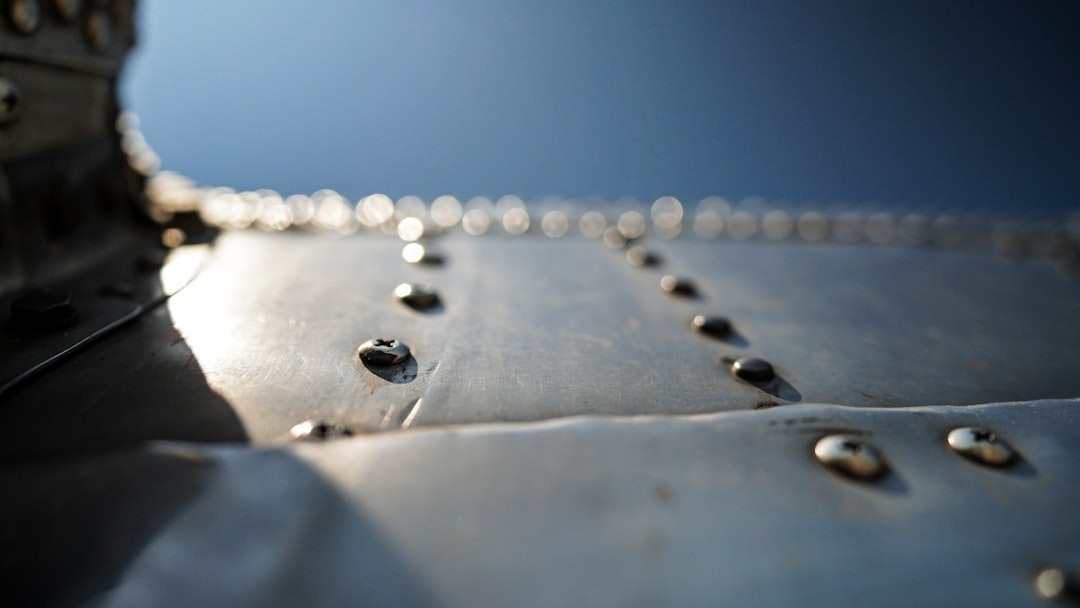(DALLAS/FORT WORTH, TEXAS, USA) The National Transportation Safety Board on Monday released its final report on the February 10, 2024 American Airlines incident at Dallas/Fort Worth International Airport, concluding that improper maintenance led to a failure in the aircraft’s braking performance and a subsequent runway overrun.
Investigators found technicians had incorrectly swapped flexible hydraulic brake lines on the right main landing gear flow limiters, and a wiring harness on the left main landing gear wheel speed transducers had also been swapped. Those errors caused the autobrake system to engage and then immediately disarm after touchdown on runway 17L, forcing the pilots to brake manually as the Boeing 737-800 left the runway and came to a stop in the paved overrun area. No one was injured.

Flight and aircraft details
- Aircraft: Boeing 737-800 (registration N991AN)
- Flight: American Airlines flight 1632 (Washington Ronald Reagan National Airport → DFW)
- Occupants: 98 passengers and 6 crew (total 104)
- Damage: Minor
- Report finalized: November 2024
The report details how the maintenance errors reduced braking effectiveness at the moment it mattered most and left the crew without the expected automation as the wheels touched down.
What went wrong (maintenance errors)
Investigators traced the problem to maintenance performed February 6, 2024, during a project to replace steel brakes with carbon brakes and wheel assemblies per a 2016 Boeing service bulletin.
Key faults found:
– Right main landing gear: Flexible brake lines were reversed at the flow limiters (inboard/outboard reversed).
– Left main landing gear: Wiring harness for wheel speed transducers had inboard and outboard connectors swapped.
Combined, these mistakes:
– Disrupted braking logic and wheel-speed signals.
– Created conflicting inputs to the autobrake system.
– Caused the autobrake to briefly engage, then immediately disarm after touchdown.
Cockpit indications and crew response
- Immediately after touchdown, pilots observed the “AUTOBRAKE DISARM” light illuminate.
- The crew swiftly applied manual braking in accordance with procedures.
- Due to the loss of automatic braking and misrouted hydraulic flow on the right side, manual braking could not achieve the required stopping distance.
- The aircraft continued into the runway safety area and stopped on the paved overrun beyond runway 17L.
- Passengers remained calm and there were no injuries among travelers or crew.
“Small errors in hydraulic and electrical connections can cascade into a major safety event.”
The NTSB emphasized that the aircraft’s systems behaved according to the inputs they received after the swapped components altered the braking and wheel-speed logic.
How the autobrake was affected
The autobrake system on the 737-800 is designed to provide consistent, preselected braking once the aircraft senses touchdown and wheel spin-up. In this incident:
– Mis-routed hydraulic lines to the right inboard and outboard brakes and swapped electrical connectors on the left produced conflicting conditions.
– The autobrake engaged briefly, then disarmed instantly, as indicated in the cockpit.
– With degraded hydraulic routing and scrambled wheel-speed signals, manual braking was insufficient to stop on the runway.
Context: upgrade work and responsibility
- The work was an upgrade from steel to carbon brakes—a common change intended to improve durability and reduce weight.
- The NTSB noted the errors occurred during installation, not due to parts quality or design defects.
- American Airlines cooperated with the investigation, providing maintenance records and personnel access as the board traced the missteps.
Safety implications and recommendations
The NTSB’s findings highlight:
– The critical importance of correct hydraulic routing and correct electrical connections during routine component changes.
– The need for precision, clear labeling, and independent verification (dual inspections) when performing landing gear and brake work.
– That aviation automation is only as reliable as the inputs it receives; swapped signals and misrouted lines can cause automation to disengage at the worst possible time.
While the final report does not prescribe specific penalties, it serves as an authoritative account that industry groups and airlines commonly use to:
– Improve checklists and supervision.
– Reinforce sign-off procedures.
– Provide refresher training and quality checks in maintenance shops.
Passenger and airport safety systems
- Most importantly: no one was hurt.
- The crew maintained control, and the paved overrun performed its intended function—providing extra stopping distance when the runway alone was insufficient.
- This incident demonstrates how layered protections (crew training, airport design, and aircraft systems) can prevent a bad day from becoming a tragedy.
Industry reaction and follow-up
- Analysis by VisaVerge.com indicates events like this usually prompt internal reviews of work instructions and sign-off procedures, especially after service-bulletin-driven upgrades.
- Such internal changes seldom make headlines but aim to ensure correct connections on the first try for subsequent aircraft.
Where to read the full report
The full factual account and analysis are available through the National Transportation Safety Board. The agency’s aviation investigations resources can be found at the NTSB website: National Transportation Safety Board – Aviation Investigations.
The board finalized the report in November 2024, closing a nine-month review that connected the maintenance work on February 6, 2024 to the altered braking sequence at touchdown on February 10, 2024.
Final takeaway
For the 104 people on board, the outcome was a delay rather than a disaster. For the aviation industry, the case is a clear reminder: every connector, every line, every label matters. A swapped brake line or connector can disable a critical layer of automation and make stopping significantly harder—turning a routine landing into a runway overrun.
This Article in a Nutshell
The NTSB’s final report links a Feb 6, 2024 maintenance swap of brake lines and wheel-speed wiring to a Feb 10 runway overrun at DFW. Reversed right-side hydraulic lines and swapped left wheel-speed connectors caused conflicting autobrake inputs, prompting brief engagement and immediate disarm on touchdown. Crew applied manual braking; the Boeing 737-800 stopped in the paved overrun with minor damage and no injuries. The report recommends stricter labeling, independent verification, dual inspections, and improved maintenance sign-off procedures.












